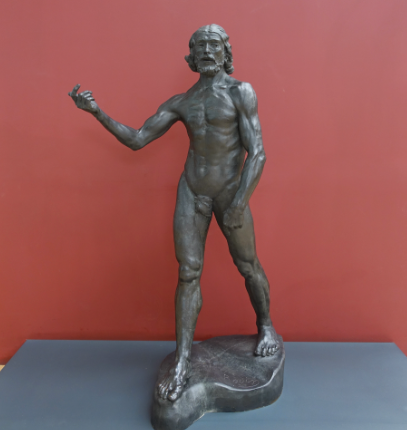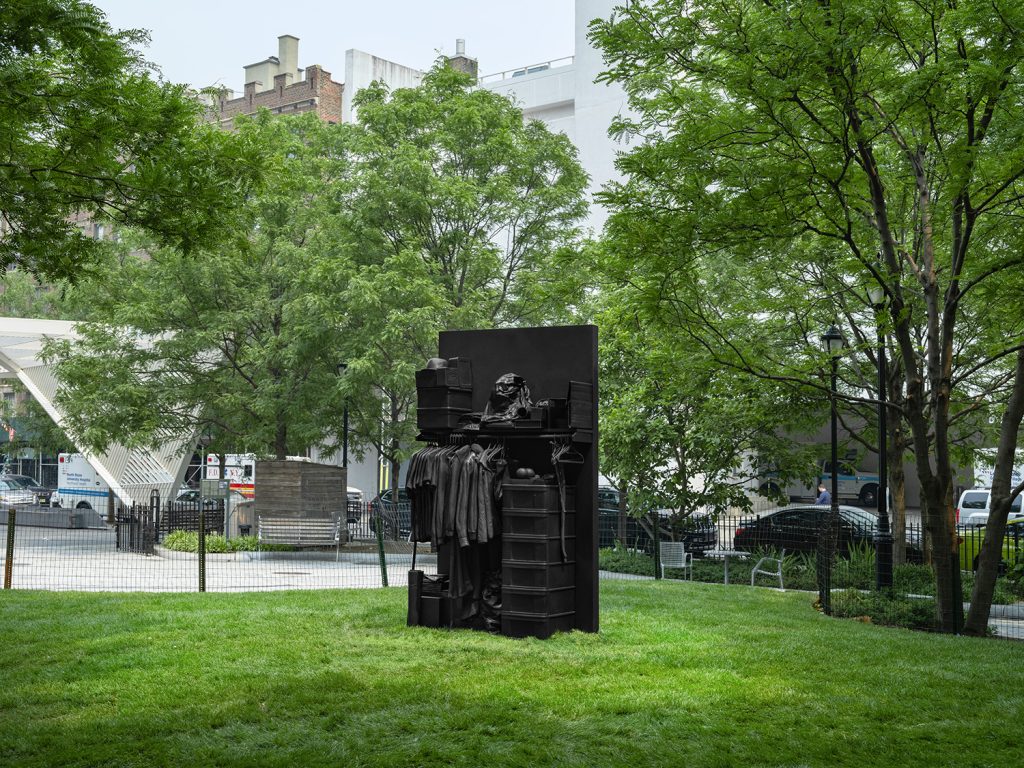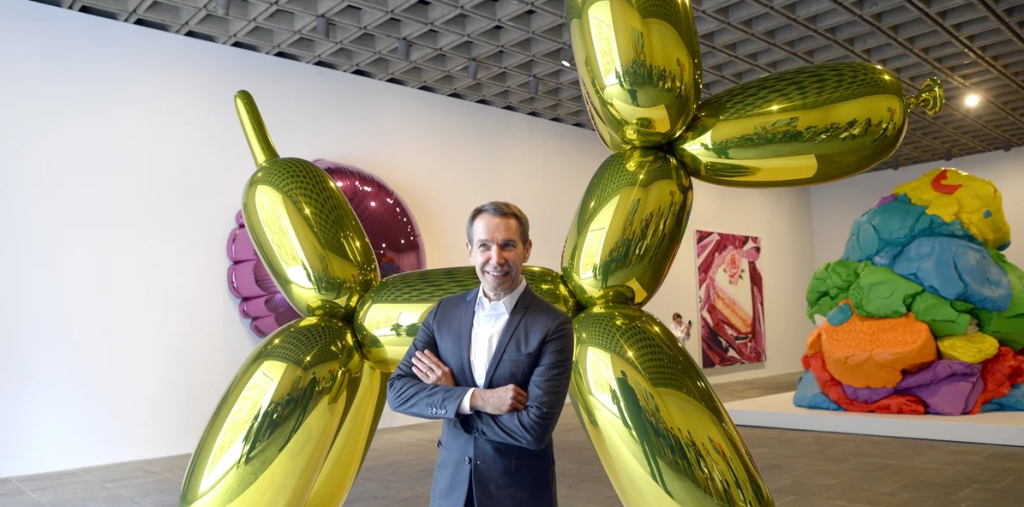The Walking Man: A Closer Look at Rodin’s Iconic Emblem of Human Emotion
Auguste Rodin’s “The Walking Man” is not just a sculpture but a profound exploration of human emotion and existence. This masterpiece encapsulates the struggle, motion, and resilience inherent to the human experience. Understanding this work invites us to reflect on our own journeys and emotions.
The Significance of Motion in Art
In “The Walking Man,” Rodin captures a fleeting moment of movement, showcasing his fascination with the human form in action. Unlike traditional sculptures that often depict figures in static poses, Rodin’s approach emphasizes dynamism. This innovation reflects a deeper understanding of life’s transient qualities, encouraging viewers to appreciate movement as an integral part of existence. The sculpture serves as a reminder of our constant journey, embodying both physical motion and emotional progression.
Exploring the Artistic Techniques
Rodin’s distinctive techniques, including the use of rough surfaces and incomplete forms, set “The Walking Man” apart. By leaving certain areas unfinished, he invites observers to engage their imaginations, allowing them to fill in the blanks of the sculpture. This intentional imperfection evokes a sense of realism and humanity, suggesting that our lives, much like the sculpture, are a beautiful work in progress. Rodin’s mastery in rendering the play of light and shadow on the figure further enhances its emotional impact, creating a sense of depth and life.
Cultural Impact and Legacy
“The Walking Man” holds a significant place in art history, influencing generations of artists and thinkers. It broke away from conventional representations of the human body, leading to movements such as Expressionism and Modernism. The piece encourages discussions around the complexity of human emotions and the nature of existence itself. Today, it continues to resonate with audiences worldwide, inspiring a deeper understanding of our own emotional journeys and the shared experience of being human.
In conclusion, Rodin’s “The Walking Man” is more than a remarkable piece of art; it is an emblem of the human spirit’s resilience and complexity. If you’re intrigued by the intersection of art and emotion, take a moment to explore Rodin’s other works or visit a local museum displaying his masterpieces. Dive deeper into the conversation surrounding human movement and emotion, and see how these themes are represented in the art world today!


